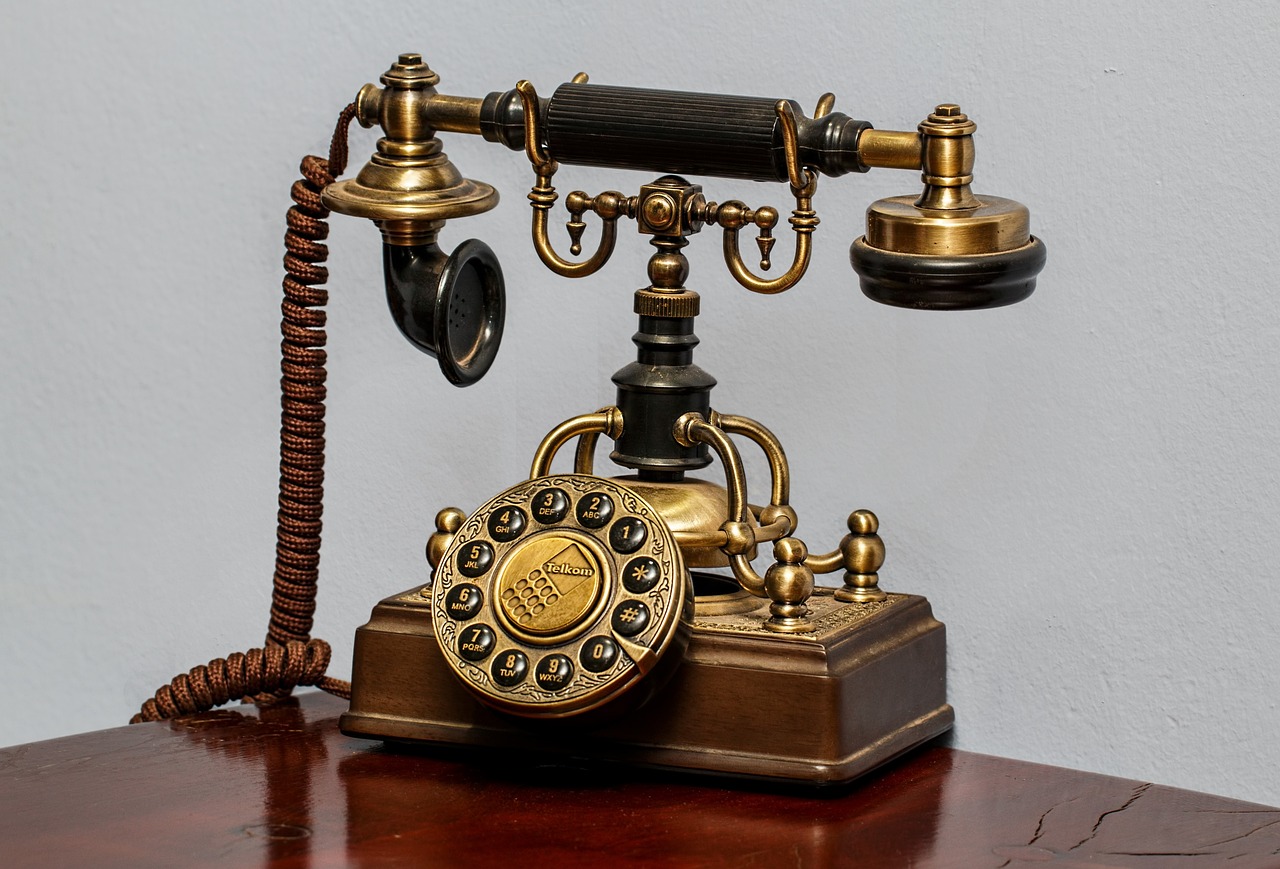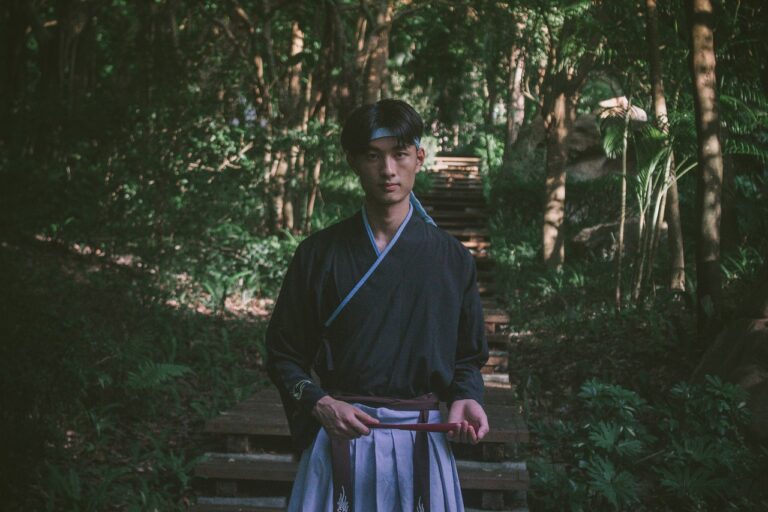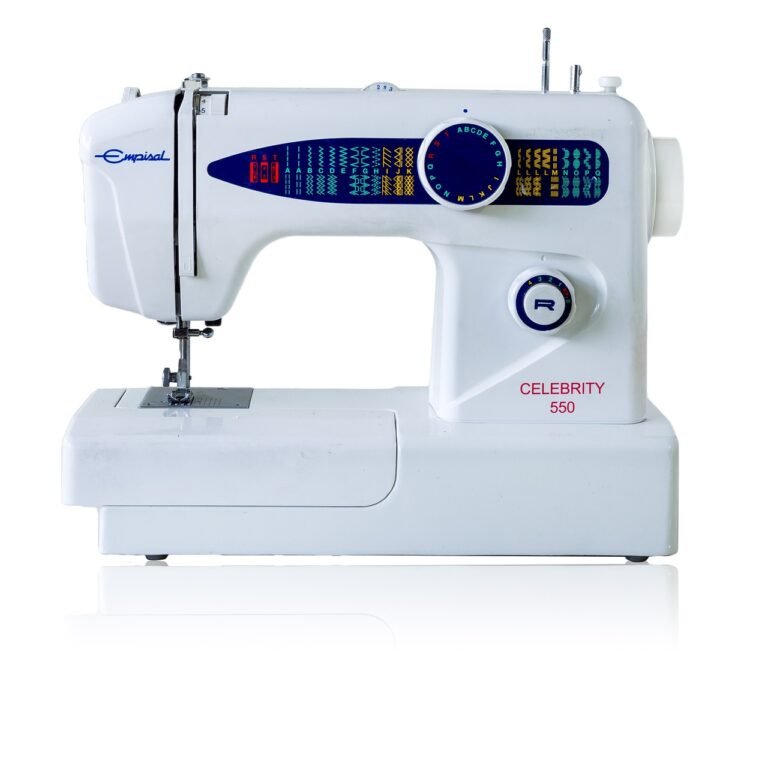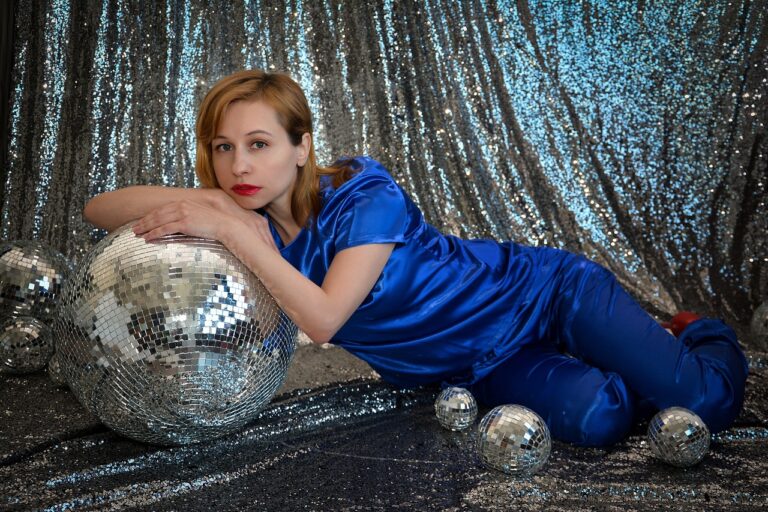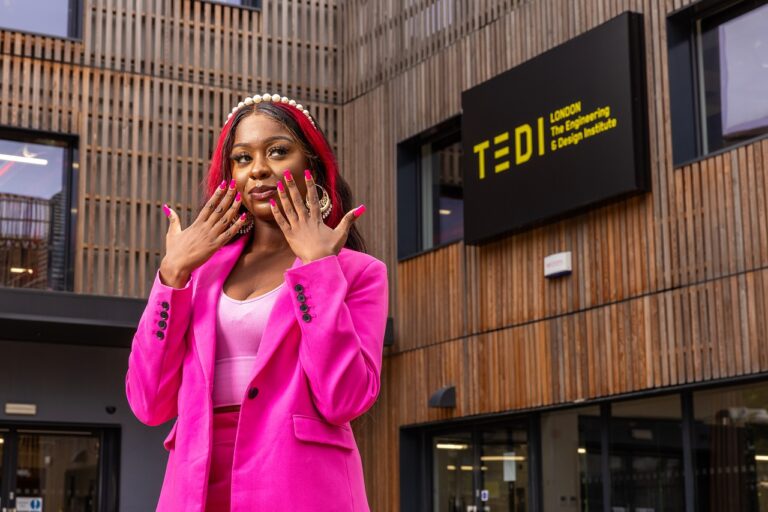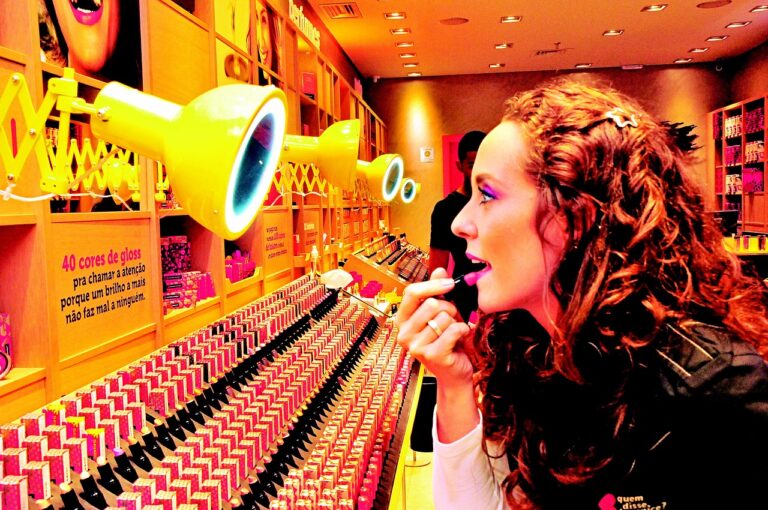Fashion as Art: Examining the Intersection of Fashion and Fine Art
Fashion and fine art have long shared a rich and intertwined history, with each influencing and inspiring the other in myriad ways. Throughout the centuries, artists have often drawn inspiration from the world of fashion, using it as a means of expressing cultural shifts, societal norms, and personal aesthetics. Conversely, fashion designers have frequently looked to the art world for inspiration, incorporating elements of artistic movements and styles into their designs.
The intersection of fashion and fine art can be traced back to the Renaissance era, where rich and elaborate clothing became a form of self-expression and status symbol for the elite. During this time, artists such as Leonardo da Vinci and Raphael often depicted their subjects in luxurious fabrics and intricate details, setting the stage for the close relationship between fashion and art that would continue to evolve in the centuries to come.
The Influence of Art Movements on Fashion Trends
The relationship between art movements and fashion trends is a dynamic and ever-evolving one. Throughout history, creativity in one realm has often influenced innovation in the other. From the bold colors and geometric shapes of the Cubist movement to the whimsical and romantic motifs of the Rococo era, art movements have left a lasting impact on the world of fashion.
Fashion designers have continuously drawn inspiration from various art movements, incorporating elements such as surrealism, minimalism, and abstract expressionism into their designs. This cross-pollination of artistic styles has not only led to unique and visually striking collections but has also pushed the boundaries of what is considered traditional fashion. By infusing art movements into their work, designers are able to create pieces that are not only aesthetically pleasing but also thought-provoking and culturally significant.
Fashion Designers Who Blur the Lines Between Fashion and Fine Art
There is a captivating breed of fashion designers that skillfully merge the realms of fashion and fine art, creating pieces that transcend mere clothing to become wearable masterpieces. These visionaries draw inspiration from art movements, such as Surrealism and Cubism, seamlessly infusing artistic elements into their designs. Their creations challenge traditional notions of fashion, pushing boundaries and provoking thought through clothing.
By incorporating techniques typically found in fine art, such as intricate embroidery, vivid color palettes, and avant-garde silhouettes, these designers blur the lines between fashion and art. Their garments become canvases on which they express complex narratives, emotions, and ideas, transforming the act of getting dressed into a form of self-expression and storytelling. Through their innovative approach, these fashion designers bridge the gap between two seemingly distinct worlds, creating a unique and compelling fusion of aesthetics.
How have fashion and fine art intersected throughout history?
Fashion and fine art have had a long history of influencing each other, with artists drawing inspiration from fashion and vice versa.
How have art movements influenced fashion trends?
From the bold colors of the Pop Art movement to the geometric shapes of the Bauhaus movement, art movements have had a significant impact on fashion trends throughout history.
Can you provide examples of fashion designers who blur the lines between fashion and fine art?
Some fashion designers, such as Alexander McQueen and Iris van Herpen, are known for creating garments that are not just clothing but works of art in their own right.
How do these designers incorporate elements of fine art into their fashion designs?
These designers often use unconventional materials, techniques, and shapes to create pieces that challenge traditional ideas of fashion and blur the lines between fashion and fine art.
What is the significance of blurring the lines between fashion and fine art?
By blurring the lines between fashion and fine art, designers are able to create pieces that are not just functional but also thought-provoking and visually striking, pushing the boundaries of what fashion can be.

